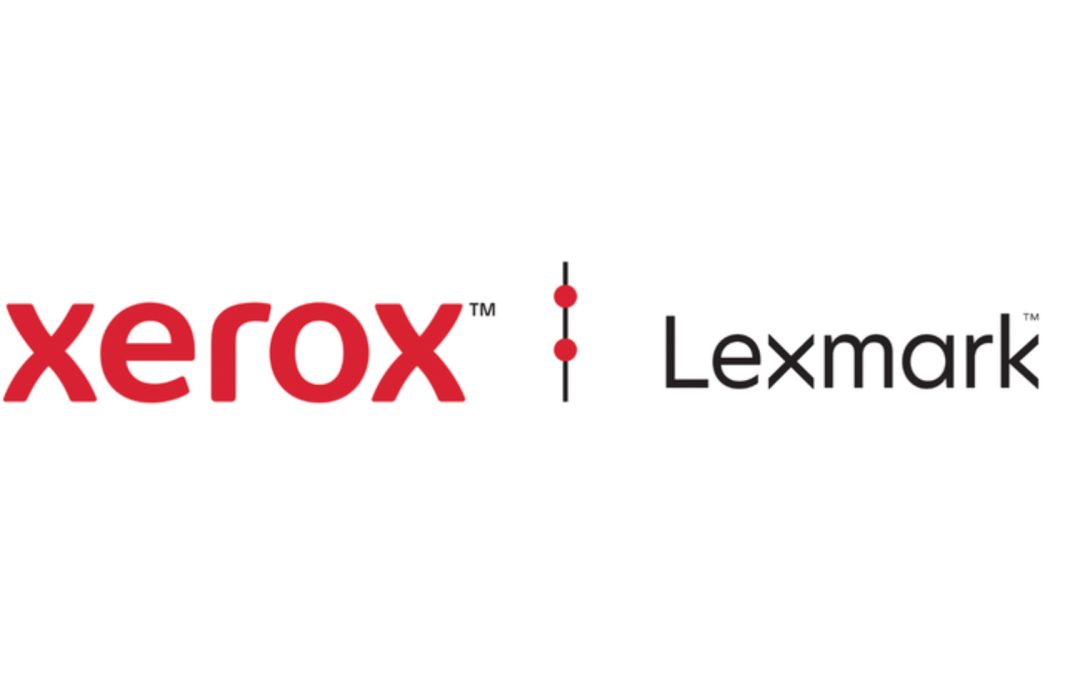 Unless you have the ability to time travel the paperless office is not coming soon, but is the pandemic driving digitalisation?
Unless you have the ability to time travel the paperless office is not coming soon, but is the pandemic driving digitalisation?
Last December Zoom was hosting 10 million meeting participants a day. By April that number had leapfrogged to 300 million meeting participants each day. Skype and Microsoft Teams also report increased usage. Most of the increase is attributable to home working and home schooling, which has kept businesses ticking over and has become the new normal.
While it has only been three months or so, more firms and employees are learning to appreciate the benefits of working from home. The challenge for a lot of businesses is that they have analogue work processes. You know the desk full of paper waiting to be inputted into “the system.” Deutsche Welle recently reported that at the height of the pandemic “many public health departments keep faxing their stats of new infections and deaths to the Berlin-based Robert Koch Institute, the German government agency for disease control and prevention.”
That is one instance, but there are others like a €1 billion ($1.1 billion) company who requests all invoices are emailed to the company and must include the Purchase Order Number in the email subject line so it can be processed efficiently. That masks an analogue process where the email arrives, a member of staff then matches it to the supplier and the department, and it will then be approved for payment. Then comes the pandemic, staff work from home and their hours are reduced. Invoices arrive, but there are less staff to process them, so payments take longer to action.
You cannot hire more staff, so genuine digitalisation of administrative processes takes over. Artificial Intelligence reads the email and scans the documents and inputs the information into the system. It can alert departments and staff that the invoice is received and flag up any errors. Staff then access the document on the system, and don’t need the paper trail. The key is once it is on the system, the invoice, contract etc can be accessed from anywhere.
AI for big companies only? Not any more just google “cloud-based document processing” and you can quickly find a digital package that will be significantly cheaper than investing in servers and IT expansion. Cloud-based services are the game changer.
What you will not find is a package that reflects your analogue processes. To capture the maximum benefits of digitalisation you have to think about the whole work process the get the maximum befits from digitalisation. Don’t just use digital tools to improve analogue workflows.
Xerox say that 85% of people will go back to office working in the next 12 months. But 15% will be homeworking, tripling 2019’s 6%. But here is a thought, even in an analogue process driven country like Germany, change is a positive mindset and companies that do change soon learn that digitalisation equals higher efficiency and that drives up profitability and you don’t revert back.
Research by Global Workplace Analytics “estimate that 56% of the U.S. workforce holds a job that is compatible (at least partially) with remote work. We know that currently, only 3.6% of the employee workforce works at home half-time or more. Gallup data from 2016 shows that 43% of the workforce works at home at least some of the time.” They predict “that the longer people are required to work at home, the greater the adoption we will see when the dust settles.”



















